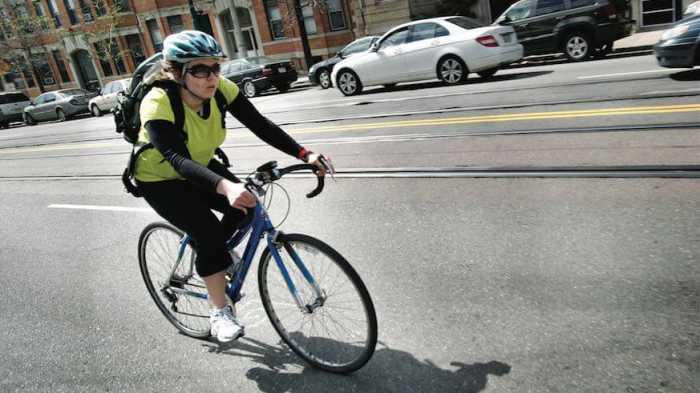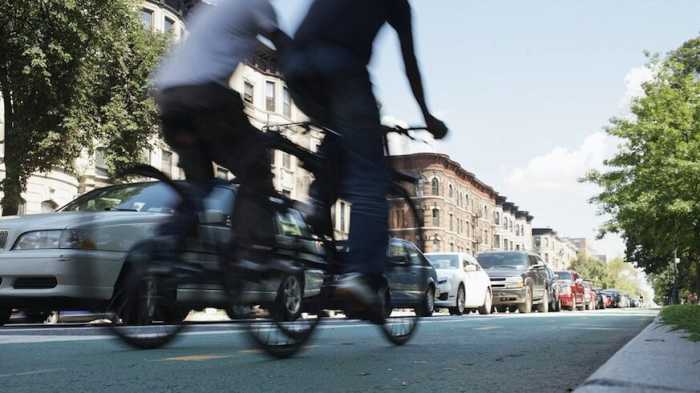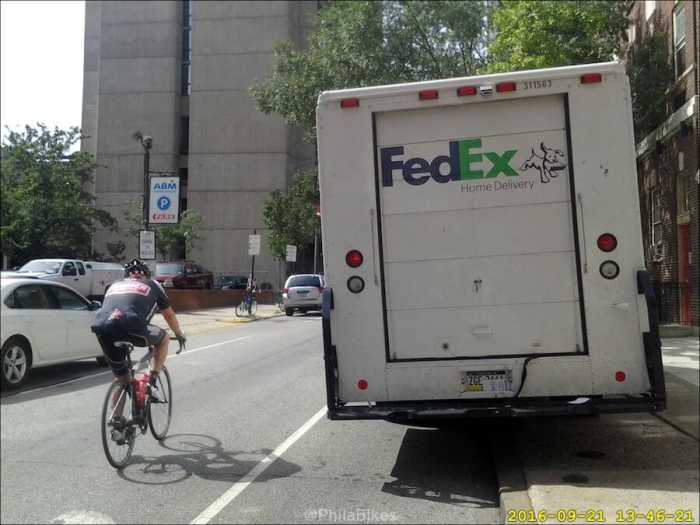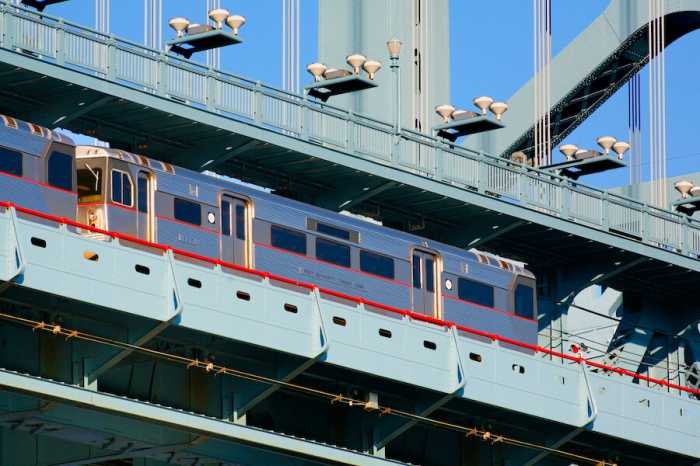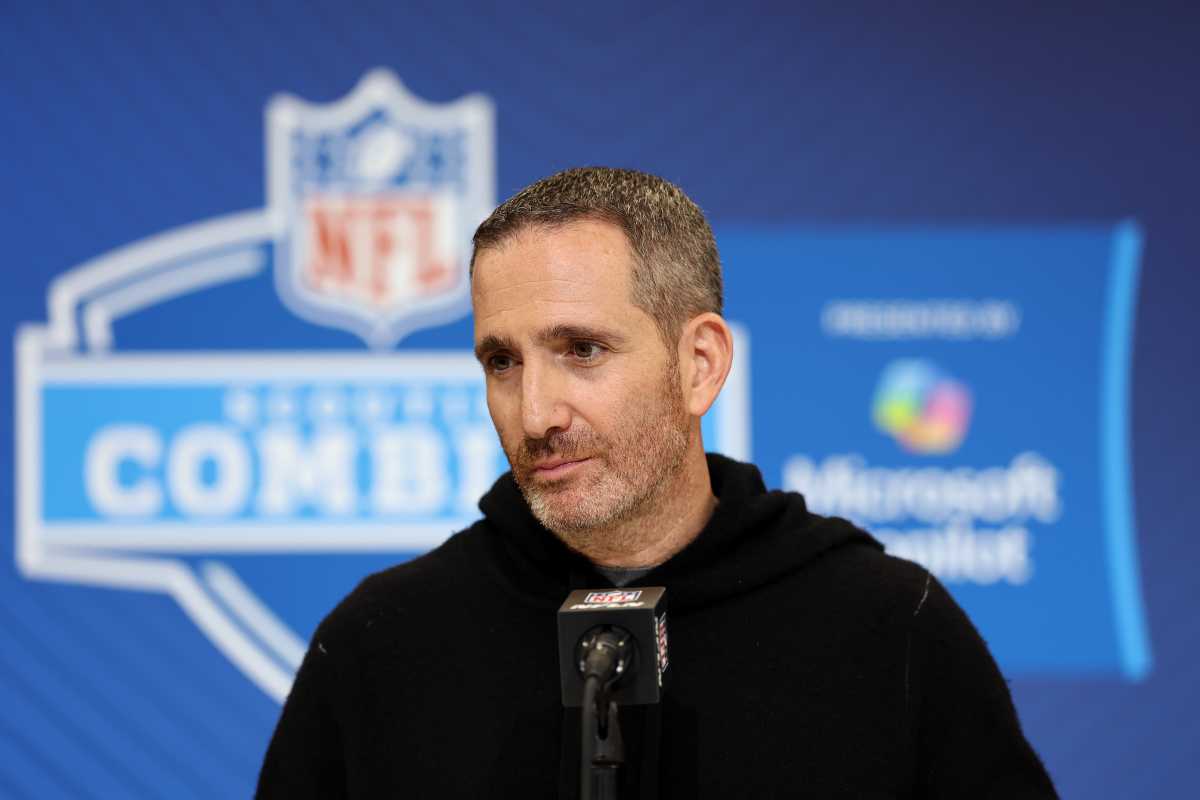I was very fortunate to begin my career 10 days out of college in Philadelphia in 1984. Having grown in up rural Lebanon County, Pennsylvania, getting around meant you either walked, borrowed your dad’s car, rode your two-stroke mini bike through the alfalfa fields or hitched a ride with someone you kinda, sorta knew in town. You can imagine my adjustment to the big city, which now involved taking the Market- Frankford and Broad Street lines, the trolley, and yes, riding my coveted Diamondback Bike.
Needless to say, we all have come a long way as Philadelphia now has several ways to get around. However, over the next several years, we need to support a program of Modern Moves for our Modern City, specifically focusing on advancing the following: We can also move in a modern way to access our central waterfront by capping I-95, linking Fishtown to our Northern Waterfront, and extending trails and amenities to the south connecting in a new and modern way Bella Vista, Pennsport, and “the deep south” to the Delaware River. Let’s not forget the Great Northeast. We need to be vigilant in pursuing and supporting the array of safety measures being designed for the Roosevelt Boulevard, but let’s not stop there. We can work together to define corridors that would be tailor-made for rapid bus transit and even SEPTA extensions to the outer areas of our city. The consequences of doing nothing will impact our economy, environment, and public safety.
Addressing these core infrastructure issues now will jump start our economy and provide long-term benefits to our city and region’s economic competitiveness. If you would like to be part of our efforts to transform Greater Philadelphia’s infrastructure, please email me at rwonderling@greaterphilachamber.com. Rob Wonderling is president and CEO of the Chamber of Commerce for Philadelphia. His column appears twice a month in Metro.
Modern moves for a modern city
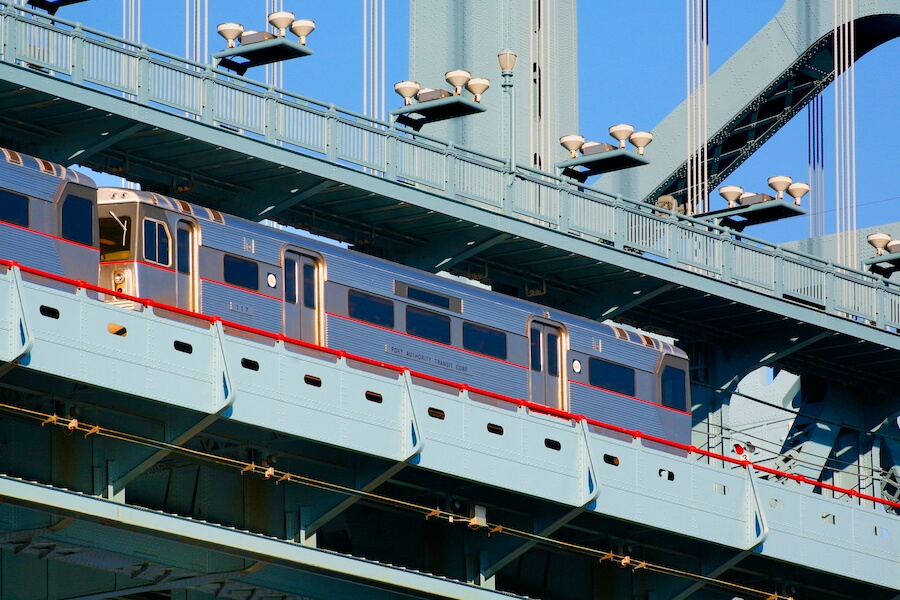
Provided



